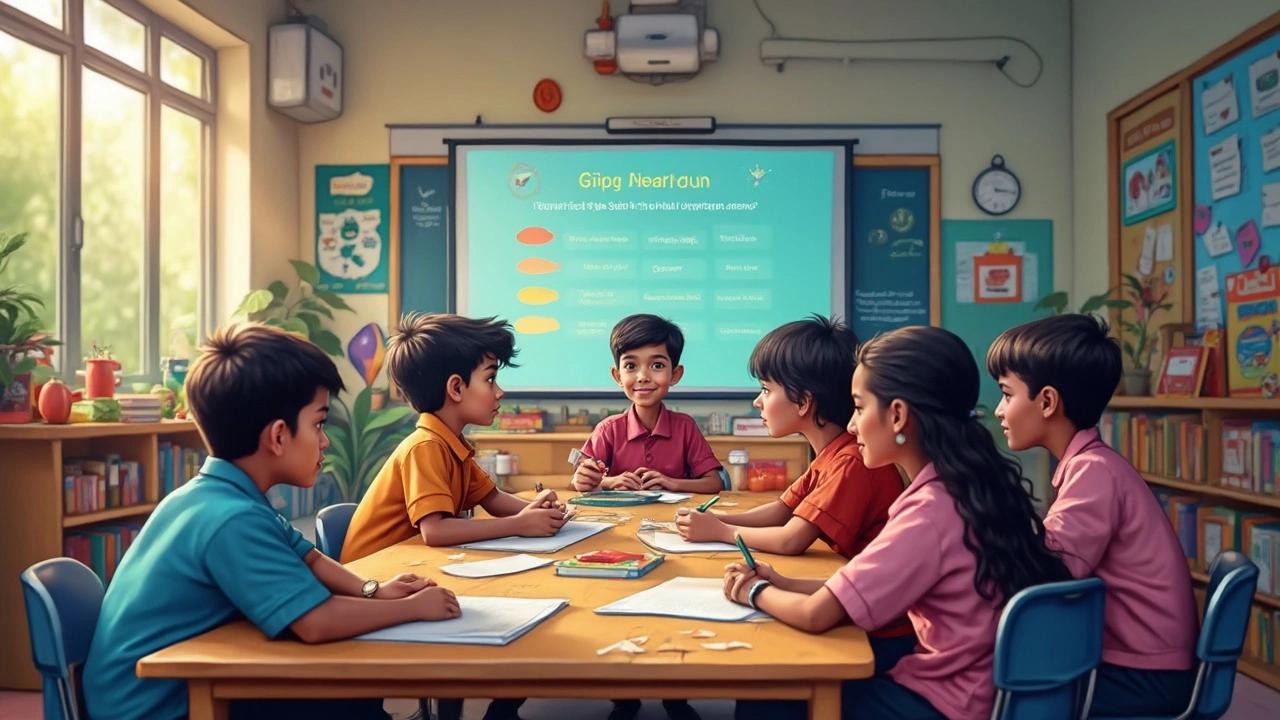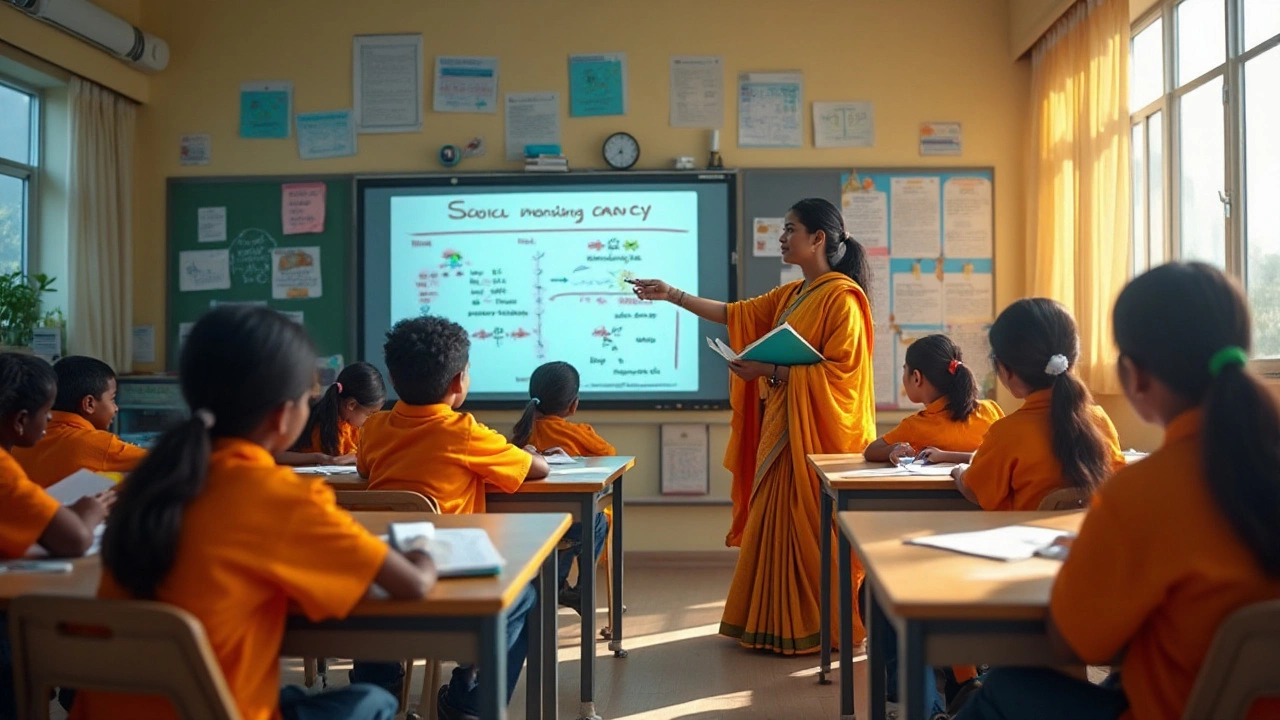CBSE Syllabus Made Simple: What You Need to Know
If you’re a student, parent, or teacher, the CBSE syllabus is the roadmap for every school year. It tells you which topics to cover, how many marks each chapter carries, and when the board exams happen. The good news is that the board updates the syllabus every few years, so you always have fresh content that matches current standards.
First, let’s break down the structure. The syllabus is split by class – most people look at Class 10 and Class 12 because those are the years with board exams. Each subject (Math, Science, English, Social Science, etc.) has a list of chapters, the weightage of each chapter, and the recommended study hours. Knowing this layout helps you plan your study calendar and avoid last‑minute cramming.
How to Find the Latest CBSE Syllabus
The official CBSE website posts the newest syllabus PDFs for every subject. Just go to the “Curriculum” section, pick your class, and download the file. You’ll see a table with chapter names, marks distribution, and any optional topics. Keep the file on your phone or laptop so you can refer to it while studying.
Another quick tip: many education portals create printable cheat‑sheets that highlight the most important points. These cheat‑sheets are handy for quick revision before a test.
Practical Tips to Use the Syllabus Effectively
1. Mark the weightage. Focus more time on chapters that carry higher marks. For example, in Class 12 Physics, the chapter on Electromagnetism usually has a big share of the total score.
2. Set weekly goals. Divide the syllabus into weekly chunks. If you have 20 chapters, aim to finish one or two each week, leaving extra time for practice questions.
3. Use past papers. The CBSE board releases question papers from the last three years. Match each question to the corresponding chapter in the syllabus. This shows you exactly how the board likes to ask.
4. Stay updated. The board sometimes releases minor changes during the year. Subscribe to a reliable education news feed or check the CBSE portal monthly.
5. Combine textbooks with notes. NCERT books are the core material, but many students add short notes that summarize formulas and key points. This combo speeds up revision.
Remember, the syllabus isn’t just a list – it’s a tool. Treat it like a GPS: follow the directions, but also check the road conditions (like school assignments and mock tests) to stay on track.
With the right approach, the CBSE syllabus becomes your ally, not a hurdle. Start by downloading the latest version, highlight the heavy chapters, and plan your weeks. Soon you’ll see steady progress and feel confident walking into those board exams.





